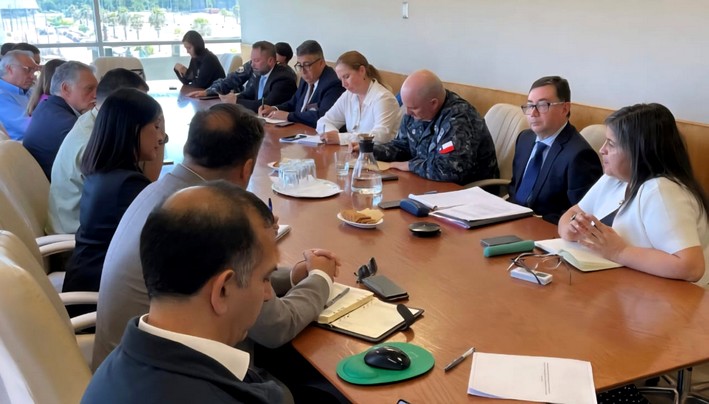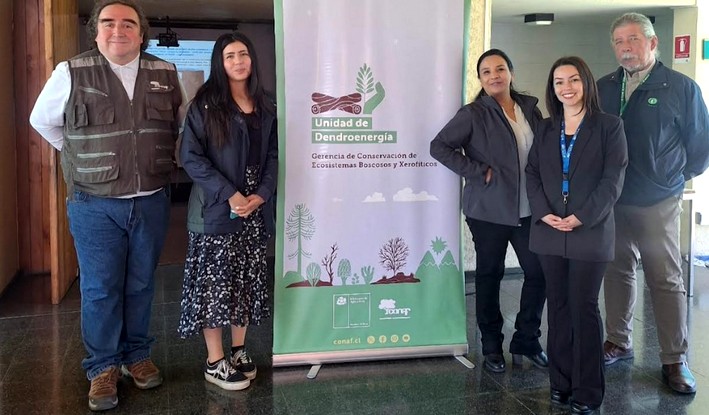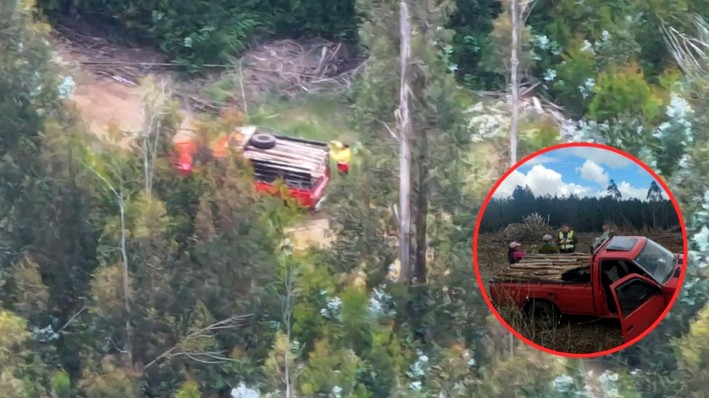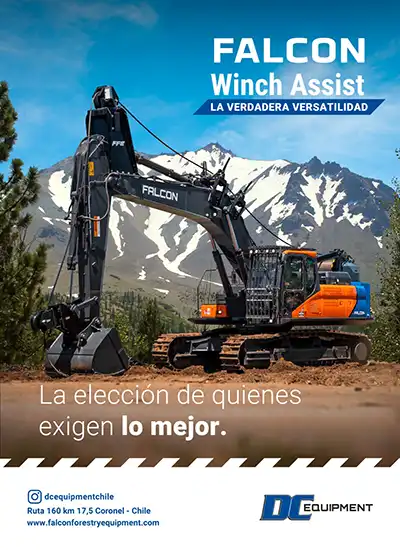Collaboration between wildlife rehabilitation centers achieves successful reintroduction of social species
Illegal ownership, attacks by hunters or feral animals, traffic accidents, and forest fires are some of the threats affecting the country's native wildlife. As a result, various animals arrive at rehabilitation centers to recover and eventually be reintroduced into the wild.
With 20 years of experience, the Wildlife Rehabilitation Center of the University of Concepción (CRFS-UdeC) promotes a collaborative network with centers in different regions to recover and later release social species that benefit from living in groups.
This reintroduction not only requires clinical treatment but also a gradual acclimatization process, where animals receive training to regain self-sufficiency in their natural habitat alongside others of their species. In these cases, the UdeC Rehabilitation Center, located in the Ñuble Region, handles initial clinical recovery before transferring the animals to other centers that complete their ethological rehabilitation for eventual release.
"We are collaborating with other rehabilitation centers, for example, with psittacine birds like the choroy or cachaña parrots, which thrive in large flocks. This time, we had a group of eight individuals that traveled to the Metropolitan Region, specifically to Refugio Animal Cascada, which receives animals from across the country to form large groups. This enhances the birds' ability to learn and survive in complex social systems. Once the adaptation process is complete, they will be released together, increasing their survival chances," explained Dr. Paula Aravena Bustos, director of CRFS-UdeC.
Kendra Ivelic Astorga, director of Refugio Animal Cascada in San José de Maipo, Metropolitan Region, praised this nationwide collaboration. "As a rehabilitation center, we have suitable infrastructure for rehabilitating native parrots and are among the largest concentrators of these species in the country. Often, other centers handle intensive rehabilitation before transferring them to us, allowing us to form flocks for eventual group releases," she said. This ongoing effort improves recovery from physical and behavioral damage, such as stress and human imprinting (especially in confiscated birds).
The Austral University of Chile's Wildlife Rehabilitation Center (Cerefas) also joined this cooperation. Months ago, CRFS-UdeC—with support from Ñuble's Agricultural and Livestock Service (SAG)—sent them a juvenile chilla fox to socialize with others of its species.
"CRFS-UdeC had a young fox alone, and so did we. Rehabilitating an orphaned fox is a huge challenge—they easily imprint on humans. So, we raised them together to prevent imprinting and released them into the wild, improving their survival odds," said Cerefas Clinical Manager Paula Lira Rodríguez.
Osvaldo Alcayaga Benavente, Ñuble's SAG regional director, highlighted that this collaboration with the University of Concepción enabled recent rescues of a barn owl, a eared dove, and a yellow-billed teal, among others.
He explained that in this joint effort with other centers, the institution has "implemented a weekend duty system for staff availability, as well as a dedicated phone line for partner institutions, municipalities, universities, or other government bodies, to promptly rescue endangered or injured animals needing rehabilitation and eventual release."
Benefits of Collaboration
Dr. Paula Aravena emphasized that this synergy between centers greatly benefits native wildlife recovery. "Collaboration among rehabilitation centers is crucial—it optimizes our skills and expertise. Mutual support has clear advantages, and it’s important to recognize and build on these positive experiences for Chile’s wildlife rehabilitation," she stated.
The director of Refugio Animal Cascada added, "Each center has strengths and weaknesses. By keeping animals as the central focus, collaboration leads to much better outcomes." She noted that "this practice is becoming more frequent, strengthening ties between centers."
Source:La Discusión

















